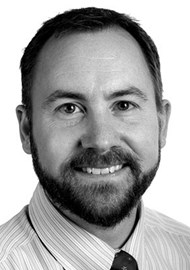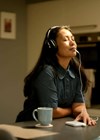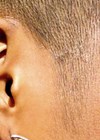Similar to other specialty areas of hearing healthcare, paediatric audiology is a potential net loss for a private-sector, for-profit, business. Given the time-intensive needs of patients with cochlear implants, tinnitus and those who are under the age of 18 years or have intellectual or developmental disability, it is not a surprise that it is rare for these services to be offered in for-profit audiology clinics. In this article, a case is made for the economic viability, and, in fact, economic promotion, that can come from a well-run paediatric audiology service.
It is estimated that nearly two babies per 1000 live births have congenital hearing loss in high-income countries [1]. The number of children with permanent hearing loss nearly doubles by the age of five years, due to adventitious onset of hearing loss.
While congenital hearing loss certainly has lower prevalence than noise-induced hearing loss and presbycusis by orders of magnitude, permanent hearing loss is one of the most common congenital conditions [1]. In lower- and middle-income countries, the prevalence of permanent hearing loss in children is perhaps 10 times higher [2]. Additionally, the consequences of untreated congenital hearing loss have profound impact on the child; speech-language delay, interference with cognitive and social-emotional development, interference with literacy and, ultimately, a trajectory toward adulthood that falls short of the full attainment of the individual. These consequences can, and often are, ameliorated by effective early intervention, including early diagnosis and fitting of hearing aids and/or cochlear implants and provision of speech-language therapy and educational supports. These interventions, of course, cost money.
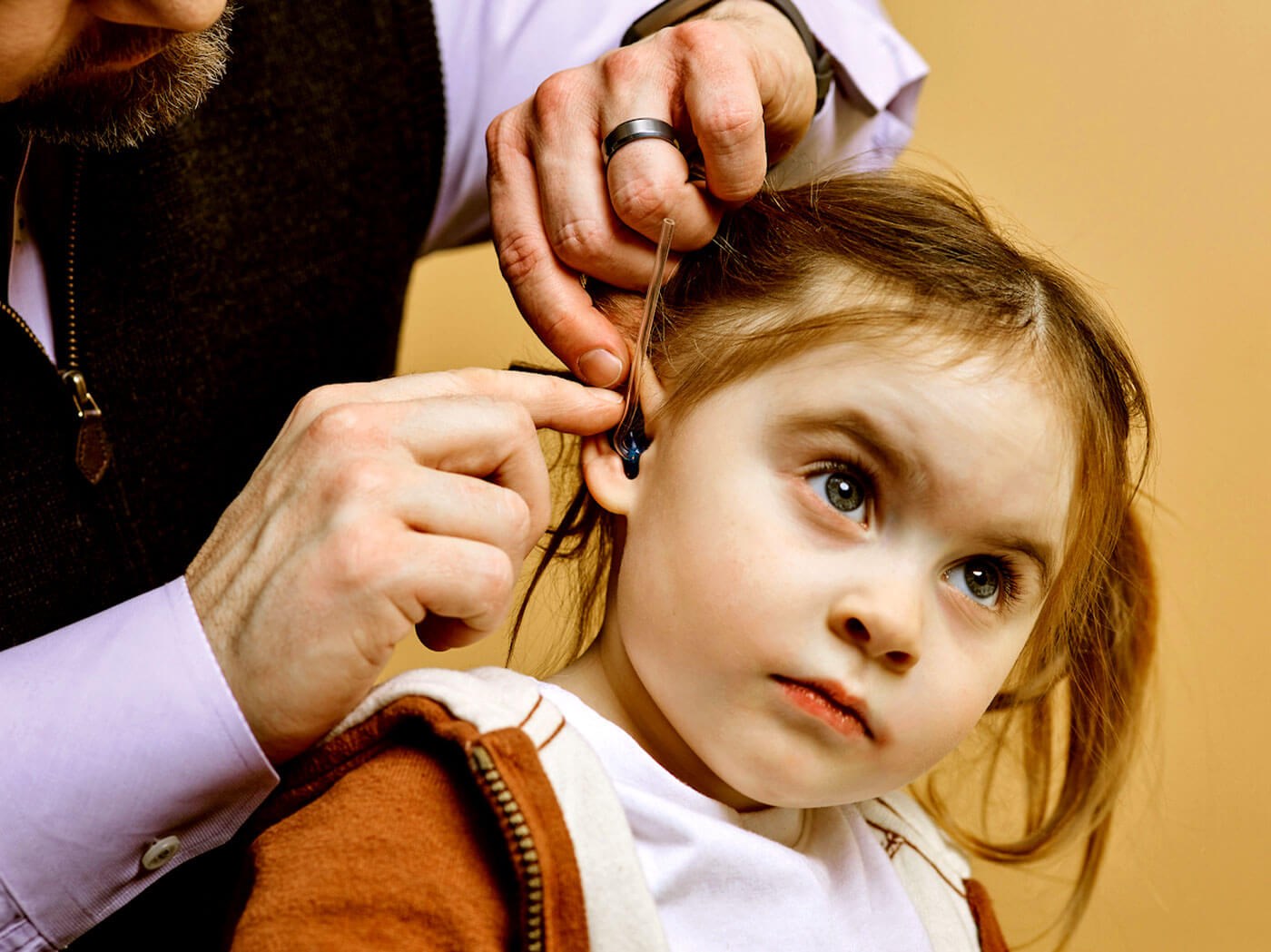
The need for paediatric hearing care in the private sector
Tertiary care medical centres, especially those that are paediatric specialty hospitals, by-and-large have all necessary resources to provide early diagnosis and treatment for newborns and young children with hearing loss. Auditory brainstem response (ABR) administered with or without sedation, otoacoustic emissions, and paediatric behavioural audiometry in sound field with two-tester protocols (tester and assist inside the booth), are luxuries that are less likely to exist in community-based hearing healthcare clinics. The skills to perform specialised electrophysiology (for instance, threshold-seeking frequency-specific ABR) require considerable experience under mentorship, which is highly unlikely to have been provided during postgraduate education. Most AuD programmes in the United States do not provide an educational experience adequate for a new graduate to perform frequency-specific threshold ABRs. However, obtaining such evaluations may be extremely challenging if the appointments are booking out months in advance, and the facility may be remote from the family’s home.
When hearing loss is identified, most do not require cochlear implant or other surgical intervention (such as bone-anchored hearing system) as the type and degree of hearing loss is more likely to be amenable to traditional hearing aids [1]. Babies outgrow earmoulds at roughly the rate they outgrow their shoes (every three to six months), earmould tubing needs to be changed regularly, hearing aids may require more maintenance and parents may require more coaching and counselling than can reasonably be provided by the tertiary care medical centre. Such ongoing care is much better provided in a clinic more local to the family, with shorter wait times to access assistance for more mundane hearing care needs.
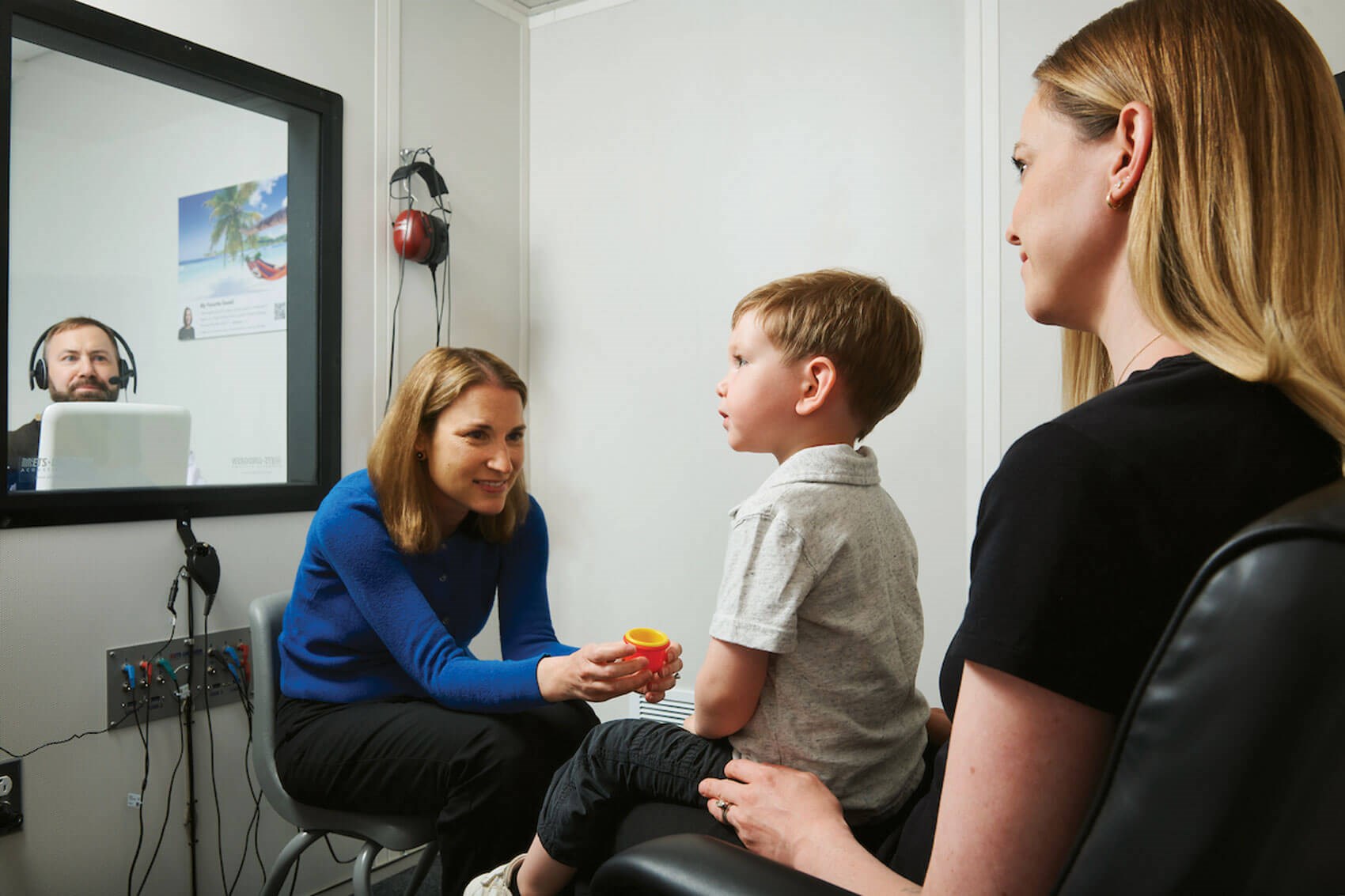
Establishing scope of services provided in the private sector paediatric audiology clinic
At a minimum, a community-based hearing care centre interested in provided paediatric audiology services should have the ability to perform behavioural audiometry in sound field or under earphones, have real-ear probe microphone verification equipment, and knowledge of and ability to program hearing aids to paediatric prescriptive fitting targets (for instance, DSL v5.0a Child [3]).
A local hearing care centre may not be adequately resourced to procure ABR equipment, or an audiologist with the necessary skill set to provide such evaluations. If the child is over the age of six months, that child likely will not sleep without the assistance of sedation, which requires medical evaluation and support. However, if a physician local to the audiology clinic is willing to provide the necessary medical support for sedated ABRs, by all means, this would be a wonderful service to provide in the community.
Regardless of if the minimum services are provided or some additional services are available, the fact that the centre provides this level of care benefits the hearing care centre in ways both tangible and intangible:
- Marketing to the community regarding this level of service for a special population
- Communication to referring physicians, who will refer all ages, in light of the level of care the clinic is able to provide
- Equipment to verify benefit of hearing aids (real ear systems; sound field presentation of speech sounds) can be used to demonstrate benefit for adult patients.
Profitability of paediatric audiological care
It is imperative that the clinic establish their minimum hourly rate. In paediatric audiology care, it should be anticipated that more hours will be spent in providing care than will be provided to adult patients. Additionally, in countries where there is a variety of payers (public insurance vs. private insurance vs. self-pay), children are more likely to be insured for hearing aids and related services than adults. Consequently, there may be an expectation that hearing care will be billed to insurance more than will be billed for adults. Billing and collecting from insurance companies (public and private insurances) increases operating costs, relative to billing individuals directly.
Consider, however, that accepting insurance increases the likelihood of referral from physicians, and reduces marketing costs. Be clear about which insurances are accepted, and which are not; those insurances that consistently pay clean claims with only one claim submission and allow for balance-billing to the patient for costs in excess of the benefit, are reasonable insurances with which to contract. Those that do not allow balance billing, or are slow to pay (deny initial claims, requiring appeals or claim review forms to be submitted) are unlikely to be worth billing.Consider that the revenues generated over the course of a year, relative to the providers’ clinical contact hours, may average out to make the provision of paediatric hearing care profitable in the long run. Each clinic should evaluate their profitability on a monthly basis and consider if the mix of payers (private pay vs. insurance) continues to be favourable to the clinic. If not, consider renegotiating the insurance contract. Consider that each insurance company has a product to sell, which is access to a qualified provider. If you take away that access, by choosing to not participate, the insurance loses value. The audiologist is not powerless in the negotiation with the insurance company.
Conclusion
Hearing care for the paediatric patient is typically more challenging and time consuming than it is for the adult patient. However, this challenge is offset by the increased clinic competence to provide high-level care, such as providing real-ear verification and sound field speech testing (for instance, aided vs. unaided speech testing). Additionally, there is positive community engagement (that is, marketing opportunity) in demonstrating facility with paediatric hearing care. While there are pressures on hearing care clinics to compete for private-pay adult patients (with over-the-counter, retail clinics, and wholesalers), there is little competition and great need for serving the paediatric population. Establishing a paediatric hearing care service in the community is an opportunity that should be strongly considered, given the pressures on clinics, and the clear path to doing some good for children who might otherwise struggle to meet their full potential.
References
1. The Joint Committee on Infant Hearing. Year 2019 Position Statement: Principles and Guidelines for Early Hearing Detection and Intervention Programs. J Early Hear Detect Interv 2019;4(2):1–44.
2. Ganek HV, Madubueze A, Merritt CE, Bhutta ZA. Prevalence of hearing loss in children living in low- and middle-income countries over the last 10 years: A systematic review. Dev Med Child Neurol 2023;65(5):600–10.
3. Moodie STF; Network of Pediatric Audiologists of Canada; Scollie SD, et al. Fit-to-Targets for the Desired Sensation Level Version 5.0a Hearing Aid Prescription Method for Children. Am J Audiol 2017;26(3):251–8.
Declaration of competing interests: None declared.


